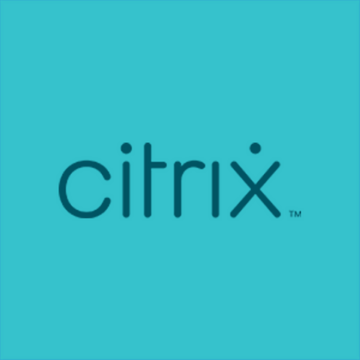The past fifteen years have brought significant changes to the workplace. Smartphone use, an increasing number off-site employees and a plummeting unemployment rate are just a few of the dramatic changes today’s most HR professionals didn’t worry about a decade ago.
Additionally, business processes are 3.5 times more complex than they were 15 years ago, causing frustration among employees. Forrester found that roughly 41 percent of employees felt their technology-related requests weren’t a priority for the company.
Businesses that ignore or downplay this sentiment do so at their own peril. The Millennial workforce expects digital tools to do their job efficiently, and by 2020, these digital natives will represent nearly half of the workforce. The Society for Human Resource Management reports that 76 percent of millennial workers would rather settle for lower pay than work a job they dislike. Furthermore, 51 percent of the business leaders say outdated and inadequate technology impacts their ability to retain skilled employees.
The bottom line? Attracting and retaining talent is more important than ever, and technology plays an increasingly significant role.
How Technology Can Improve Employee Productivity and Retention
In a recent interview, Oracle’s CIO emphasized the importance of providing easy-to-use tools to attract and retain skilled talent. He further noted that companies who wish to become more innovative should seek HR technology that can improve the employee experience.
The right digital tools are essential to helping employees feel productive and empowered. Happy and productive employees are more likely to stay at a company, lowering turnover and increasing cost savings. And helping improve retention really pays:
- It takes 42 days and costs an average of $4,129 to replace a staff member who leaves.
- Once a new employee is hired, it takes one to two years for them to reach the productivity of the person they replaced —creating a 50 percent decrease in productivity.
- Training costs for a new employee typically represent 10 to 20 percent of a new employee’s salary.
- Added together, reducing turnover by 20 percent can save a mid-sized company $300,000 or more.
How an Employee Experience Portal Can Reduce Attrition
Identifying sources of employee frustration can be as challenging as finding the word “needle” in a haystack-sized pile of documents, especially in large companies.
But employees biggest complaints often center on the tools meant to help them get their work done — their enterprise applications. Clunky interfaces, complex processes, and inconsistent user interfaces all contribute to slowing workers down as they struggle to complete basic tasks.
Implementing an employee experience portal gives companies the power to alleviate employee pain points and deliver personalized tasks and information from all their business apps, whether on-premises, legacy, or SaaS, to employees anywhere they are working.
Taking the time to understand what slows workers down on a daily basis not only helps improve job satisfaction, it can also boost productivity. In fact, when apps are made available across multiple devices, employees report spending 17 percent less time on basic tasks and busy work — ultimately freeing up their time to spend on more valuable work.
Retention Starts with Collaboration and Leadership
A survey of more than 300 enterprise knowledge employees in the UK and the US found a third of respondents spend between five and twenty-five minutes per search to find internal information needed to complete a task. Information searches, submitting PTO requests, approving reimbursement requests, and tracking sales are just a few of the basic tasks that can be simplified with a personalized employee experience portal.
It is more important than ever for HR and IT join forces to make the leap to a modern digital workspace. Until then, employees will continue to seek better opportunities. According to a recent Gallup poll, more than half of U.S. employees are actively searching for new jobs or watching for openings.
So what prevents companies from upgrading their workplace technology? According to Deloitte, “It takes a strong leader with a clear vision and an unwavering commitment to unlock the power of networked teams and create a platform that allows the organization to adapt in a complex, uncertain world.”
Addressing pain points by delivering technology solutions that help improve an employee’s daily journey is an important first step toward upgrading your overall employee experience and improving retention.
This post originally appeared on the Sapho blog. In November, Citrix announced the acquisition of Sapho, a leading micro app platform that enables a better and smarter work experience.




